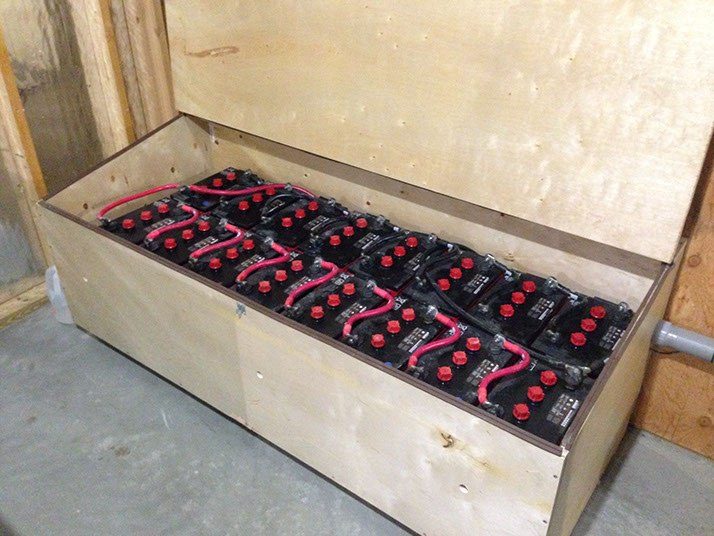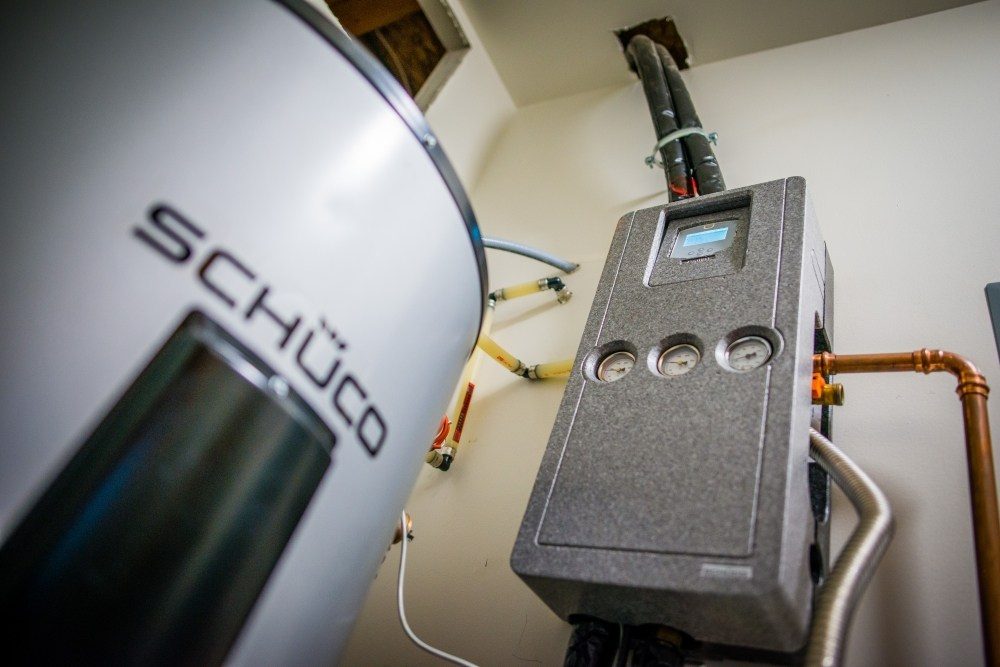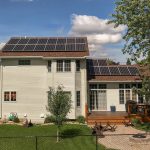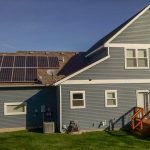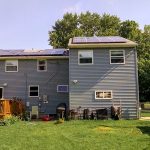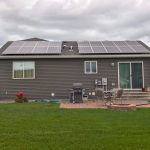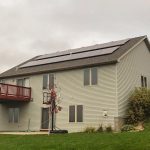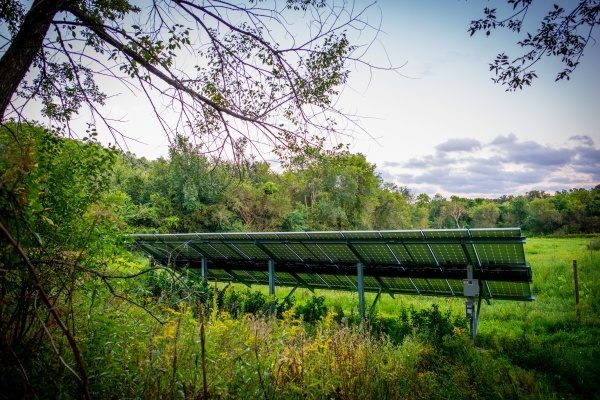
How do solar panels work?
How do solar panels work? Let’s start by explaining where electricity comes from in the first place. Electricity is produced when electrons move from atom to atom together down a path.
Solar panels are made from silicon, whose atoms, with a little tinkering, loses their electrons easily—so easily that they can be knocked off just by getting hit by photons from the sun (photons are the particles our eyes perceive as light; your eyes are your body’s photon sensors).
Now that the electrons are loose, we need to herd them into a single channel in order to harness their energy. Solar panels do that by having two layers of silicon that are slightly different. One layer has chemicals that give it a positive charge, and the other has chemicals that give it a negative charge. Since the electrons themselves all have the same charge, they’re all drawn in the same direction. The silver lines on a solar panel are the paths the electrons move along on their journey away from and back into each chunk of silicon, called a solar cell.
One big problem in the early days of electricity was that a blender doesn’t need the same electrical intensity, called “voltage,” as an industrial trash compactor, but the process of transforming that electricity for its different uses (home vs. factory) was super inefficient, and lots of electricity (and thus money) was wasted in the process.
The solution was in a funny thing that happens if you change the direction an electrical current is flowing. By moving all the electrons back and forth in the wire rather than just straight forward, they produce electricity AND a magnetic field. That magnetic field can then be manipulated when being changed back into electricity, providing different intensity levels with almost no losses. That’s why there are transformer boxes in your neighborhood—they’re customizing the electricity to match your home’s needs. This back-and-forth electricity is referred to as alternating current (AC) as opposed to the single-direction direct current (DC).
All of your appliances and electronics are designed to take advantage of alternating current, but the electrons from your solar panels are all flowing in the same direction the whole time, which means they are producing a direct current. That is why all solar power systems come with an electrical inverter, a machine that receives the direct current from your panels and uses it to generate an alternating current that will flow right into your home’s electrical system.
That AC electricity gets used up by your refrigerator, air conditioner and television. Even after installing solar panels, most people stay connected to the electrical grid so that any surplus electricity can get used up by someone else. Occasionally, homeowners will disconnect from the grid, and instead install a battery bank which stores excess energy during the day, and powers the house at night.
This is the process that most people think of when they hear “solar panel.” It’s commonly referred to as “photovoltaics” (photo = light, volt = electricity) or “pv.”
And that, my friends, is how solar panels work.
